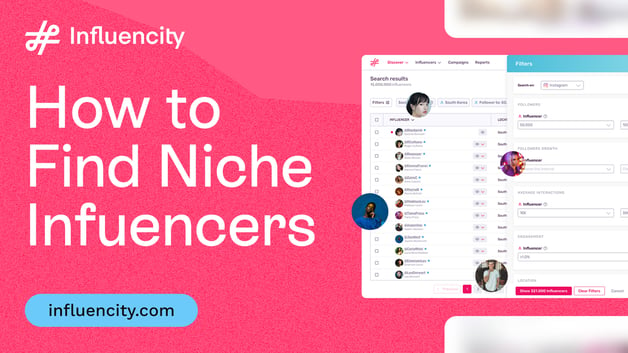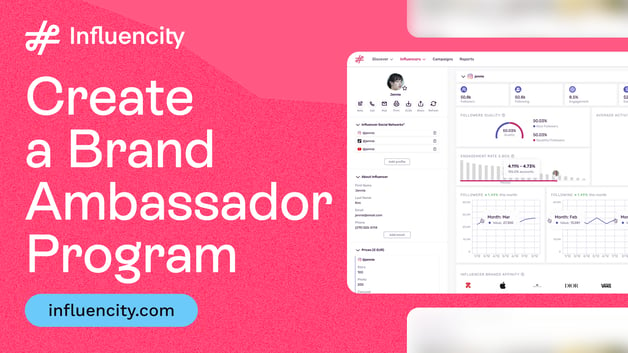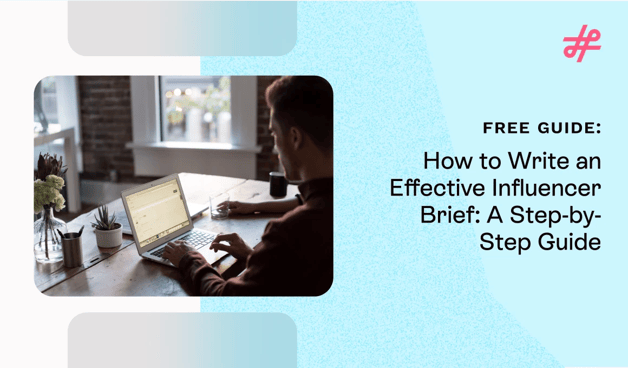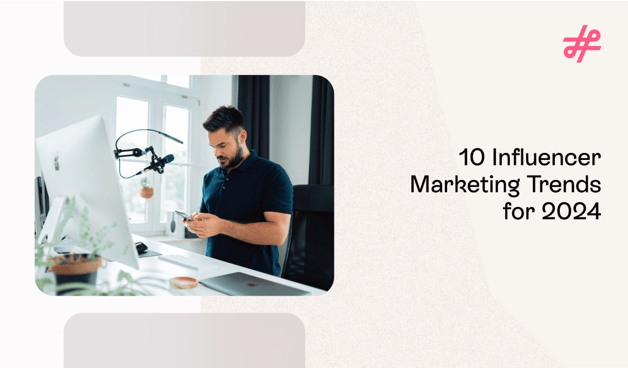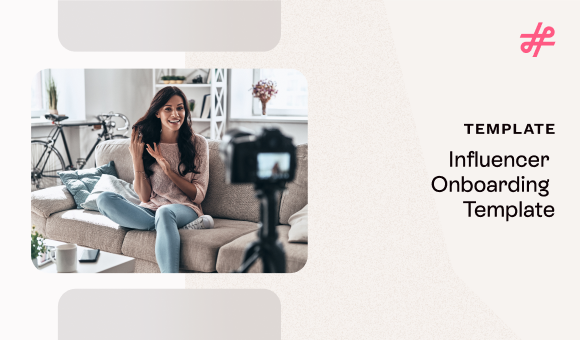Influencer Marketing
The Fallout of a Flawed Feed: How Poor Vetting Doomed a Global Campaign and How Implementing an Effective Influencer Vetting Process is Key
Influencer Marketing
Half a million followers. Perfect fit. Nothing to worry about, right?
Think again. Big numbers and a pretty feed can fool even the sharpest teams, until you’re the one explaining bad headlines to your boss.
Adidas learned that lesson the hard way. In 2024, they signed an influencer who seemed like a dream match. A massive audience. All the right buzz. But once the global campaign dropped and old offensive posts surfaced, it went downhill from there. And the hit to Adidas’s credibility and budget didn’t disappear when the news did.
A solid influencer vetting process isn’t just busywork. It’s how you keep your brand out of the headlines for the wrong reasons, and your budget safe from fake followers and wasted reach.
This guide breaks down exactly where brands get burned, what a real vetting process looks like, and how the right tools make double-checking feel like second nature. So you can spend less on mistakes and more on results.

Where Brands Slip Up
Adidas isn’t the only brand that’s learned the hard way. L’Oréal made headlines when it cut ties with Munroe Bergdorf after she spoke out about systemic racism, a move that backfired and raised big questions about the brand’s real stance on diversity.
@mtvuk "Racism is a system of oppression" #munroebergdorf explains what racism really is in the final episode of #GenChange #BlackLivesMatter ♬ Munroe Bergdorf discusses racism - mtvuk
Morphe and Ulta felt the heat too. Both had to pull back from high-profile creators like James Charles and Laura Lee when old scandals and offensive tweets came back to haunt them. Each of these moments shows how skipping a deep-dive into a creator’s past can turn into a PR mess, cost real money, and destroy trust.
What do all these slip-ups have in common? A missed check, a rushed sign-off, or an assumption that someone else would catch the risk. A clear influencer vetting process could have stopped each one before launch day.

How to Build an Influencer Vetting Process: Step by Step
So, how do you vet an influencer?
Think of an influencer vetting process as your brand’s safety net. It’s a clear, repeatable set of checks that confirms an influencer’s audience is real and in the right locations, their content fits your brand, and no hidden surprises will pop up mid-campaign.
One bad fit can drag an entire launch down. A strong framework helps you catch problems before they cost you trust or budget. Here’s how the best teams vet influencers — plus a quick Top 10 Red Flags list to keep your bases covered every time.

1. Fake Follower Checks
Big follower counts look impressive until you realize half of those “fans” don’t even exist.
Once you know your goals, start with the basics: make sure you’re paying for real reach. It still amazes me how many so-called “influencers” have entire ghost audiences.
How to do it: Run profiles through a tool like Influencity to spot sudden spikes in follower growth, suspicious follower locations, or shady growth patterns that might indicate a purchase of followers or viral content.
-1.png?width=700&height=247&name=White%20%26%20Green%20Modern%20Bar%20Chart%20Graph%20(20)-1.png)
Fake followers usually travel in packs with other red flags, like low engagement rates, shallow comments, or signs of engagement pods. Once you dig into the data, the “bad actors” stand out fast. Finding fake influencers feels a lot like detective work. (If you love true crime, you’ll love this process.)
2. Engagement Quality and Comments
Once you’re sure the audience isn’t stuffed with bots, it’s time to look closer at how that audience actually behaves. Healthy engagement is harder to fake than followers. So pay close attention to what’s happening in the comments.
Are people tagging friends? Asking real questions? Sharing stories? Or is every post just a string of random emojis?

How to do it: Scroll through posts manually or run a scan with a purpose-built tool. Genuine comments are obvious once you know what to watch for. Tools like Influencity make it easier to spot engagement pods. Their dashboards surface comment quality, timing trends, and repeat commenters so you can catch forced, inauthentic engagement before it eats your budget.
3. Sentiment and Patterns
One edgy post might slide under the radar. But a history of negativity or drama? That’s the stuff that flares up when your logo gets attached.

How to do it: Skim captions, scan comment threads. Tools like Brandwatch or Influencity’s sentiment analysis can help you spot patterns of negativity or controversy you might miss on your own.
4. Brand Safety and Past Posts
Audiences don’t care if an offensive post is five days old or five years old. They just see your brand next to it. Always look back into an influencers’ past content at least 12 to 24 months. Hunt for tone shifts, old controversies, or topics that just don’t sit right with your brand’s values.
Sometimes a 30-second Google — [Name] + controversy — can save you weeks of damage control.
5. Content Style and Tone
Style matters as much as substance. A creator’s vibe should feel like a natural fit, not a forced overlay.
If you’re selling energy drinks to college kids, playful and edgy might fit. If you’re in healthcare or finance, you need a steadier tone.
How to do it: Watch different formats, old campaigns, and current stories. If something feels off, trust your gut.
6. Audience Alignment
Even the best content falls flat if it’s landing in the wrong market. Where do this creator’s followers live? What do they actually care about? Will they click, buy, and share or just scroll past?

How to do it: Audience breakdowns in Influencity make this easy.
-1.png?width=700&height=245&name=White%20%26%20Green%20Modern%20Bar%20Chart%20Graph%20(21)-1.png)
10 Red Flags to Catch Before You Sign an Influencer
- Sudden overnight follower spikes
- Followers mostly from suspicious regions
- High percentage of bots in audience data
- Spammy or copy-paste emoji comments
- Negative headlines in a quick search
- Tone that clashes with your brand or industry
- Followers nowhere near your buyer market
- Bad reviews from other brands
- Random engagement dips or spikes
- Wild swings in style or messaging
Keep this list handy. It’s your insurance policy.

Cross-Team Risk Management
Even the strongest influencer vetting process can fail if it's not well-advised. Smart brands keep marketing, legal, and agency partners in the loop from day one.
I’ve seen what happens when they don’t. At an agency I worked with, a major brand quietly didn’t want to work with influencers from a certain group but never said so transparently in the brief. Our team did what we always did: focused on real inclusion. When a micro-influencer from that certain group posted, the brand panicked. They pulled the post, the influencer took the heat, and the client ghosted the agency. The client somehow managed to dodge a viral blow-up that could’ve exploded.
If you expect an agency or internal team to choose your influencers for you, be specific and transparent about who does and doesn’t fit. The time to clarify is before the influencer vetting process.
How to do it right:
- Bring Legal in early for sensitive topics.
- Add clear conduct clauses to every contract.
- Revisit your criteria often. Brands and audiences change. Sensitive topics change. Your vetting should change too.
When everyone’s clear, you reduce the risk of surprises.

Micro-Influencer Vetting: Small Doesn’t Mean Simple
It’s easy to assume the risk shrinks with the audience size. Truth is, micro-influencers can pack just as much risk if you skip the same checks. Their engagement looks real, but small numbers can hide fake comment pods, bots, or cheap engagement tricks here too!
How to do it right:
- Run every small creator through the same checks you’d use for a big one.
- Always verify that their local followers match where you actually ship or sell.
- Build a real influencer discovery funnel.
Don’t just grab the first name that DMs you back. Consider product seeding to uncover creators who really love your brand. Or, find your customers who are also creators.
Some of the slipperiest fake follower cases I’ve seen have come from “authentic” micro-creators. That’s why it’s wise to follow the same vetting steps every time. No short cuts.

Common Mistakes & How to Dodge Them
Even experienced teams slip up when they move too fast. Here are the misses I see most often and the quick fix for each.
No clear goals.
Without a goal, you’ll chase influencers who look good but won’t deliver results.
Audience fit? Ignored.
Reach is useless if the audience doesn’t care or can’t buy.
Skipped fake follower checks.
Looks real until the bots show up and the sales don’t.
Old posts unreviewed.
One tweet from 2014 can ruin next week’s launch.
One-and-done deals.
Quick hits don’t build trust. Relationships do.
Most fails I’ve seen came down to rushing. Take it slow upfront, and you’ll move faster (and avoid the headlines) later.
The Right Tools Make It Simpler
Even the sharpest teams can’t catch every red flag alone. Good tools handle the heavy lifting so you can spend your time on what only humans can judge.
Influencity’s platform helps you:
- Spot fake followers fast

- Break down real audience data
- Scan sentiment and tone history
- Confirm topical fit in seconds
A solid influencer vetting process plus your human judgment where needed? That’s the sweet spot.
What a Well-Vetted Influencer Looks Like
Two creators might look similar at first glance: big numbers, cool feed, shiny engagement stats. But the difference is in the details.
Risky pick: Sudden follower jumps, spammy emoji comments, messy old posts, followers who’d never buy from you anyway.
Good pick: Steady growth, real conversations in the comments, clean tone history, an audience that matches your buyer profile.
The difference is the work you do before you sign.
Keep Your Influencer Vetting Process Bulletproof
A strong influencer vetting process is a routine with accountabilities. The best teams bake it into every launch.
Stick to the basics:
- Audit old content.
- Run sentiment and keyword checks.
- Watch for odd spikes.
- Match tone to your industry.
- Keep it all documented.
- Assign a single point of accountability for each step.
It’s simple insurance for your budget, your brand, and your customers’ trust.
A Look Ahead
Influencer controversies aren’t slowing down. If anything, they’re multiplying. Audience fatigue, AI creators, deepfakes, and stricter disclosure rules will keep rewriting the rules every year. The brands that stay trusted won’t just chase the latest trends, they’ll stick to a clear influencer vetting process that grows with the risks.
Conclusion
One overlooked post or a poor audience alignment can turn a promising campaign into an expensive mess. A smart influencer vetting process keeps you out of the wrong headlines and keeps your brand exactly where it belongs: trusted.
Influencity helps you do this faster, smarter, and at scale so you can choose better partners every time.
Ready to strengthen your influencer vetting process? Discover how Influencity makes it easier.
Lynne Clement
Lynne Clement knows influencer marketing from every angle, having worked across agencies, brands, and platforms for nearly 20 years. Her insights come from marketing experience at Procter & Gamble, leading marketing strategy and execution at a top influencer agency, and working inside an influencer platform. During...


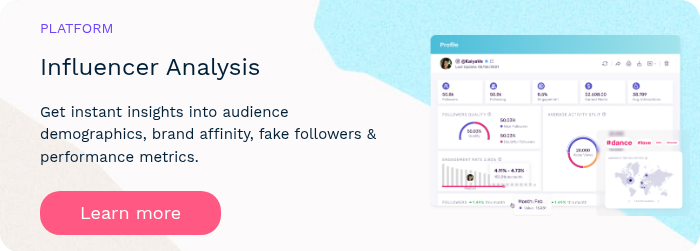
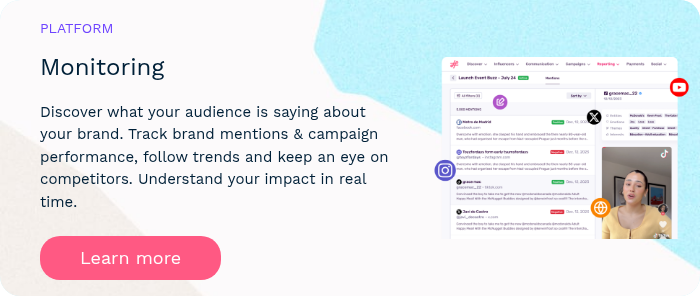
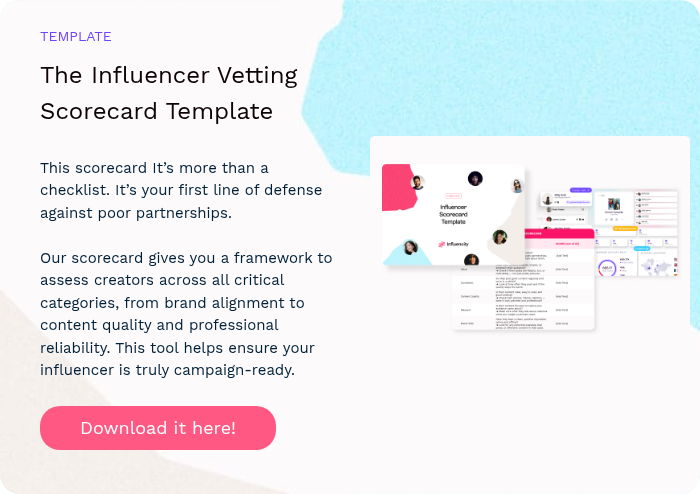

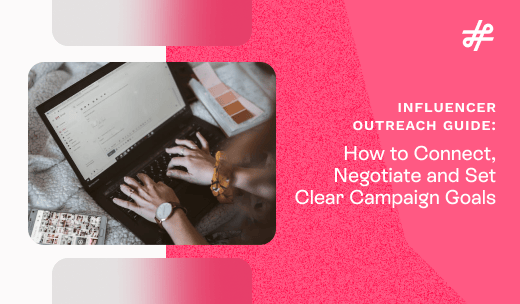
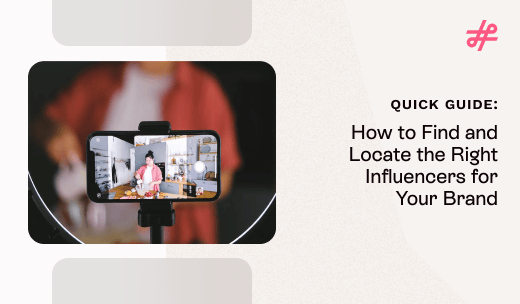



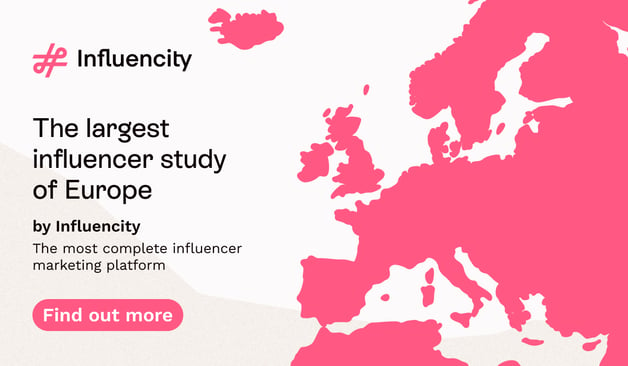

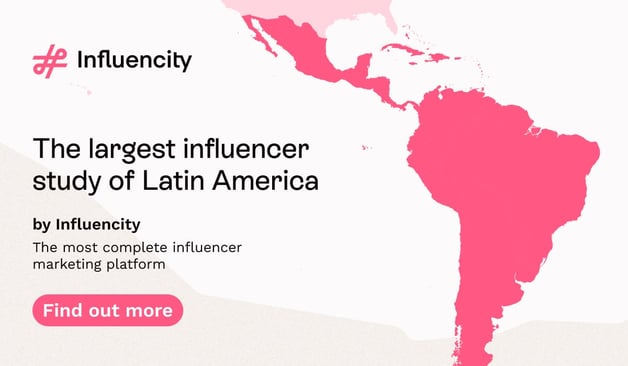


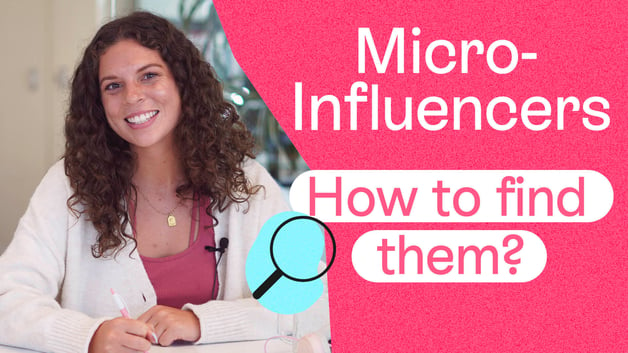


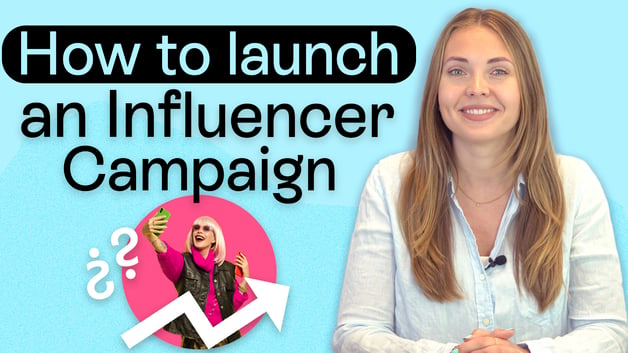

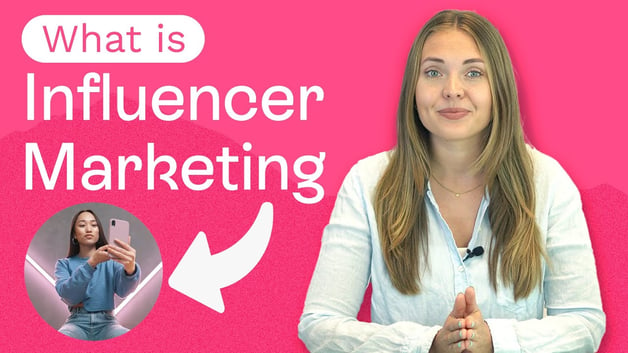

%20and%20How%20Can%20They%20Benefit%20Your%20Brand%20article.jpg?length=628&name=What%20Are%20Key%20Opinion%20Leaders%20(KOL)%20and%20How%20Can%20They%20Benefit%20Your%20Brand%20article.jpg)
